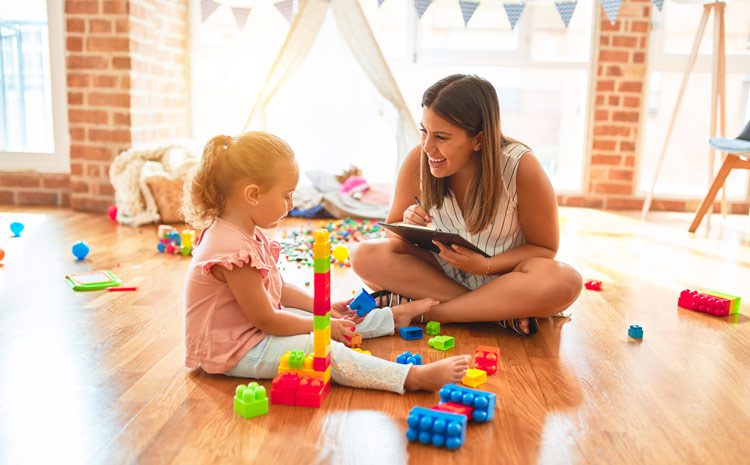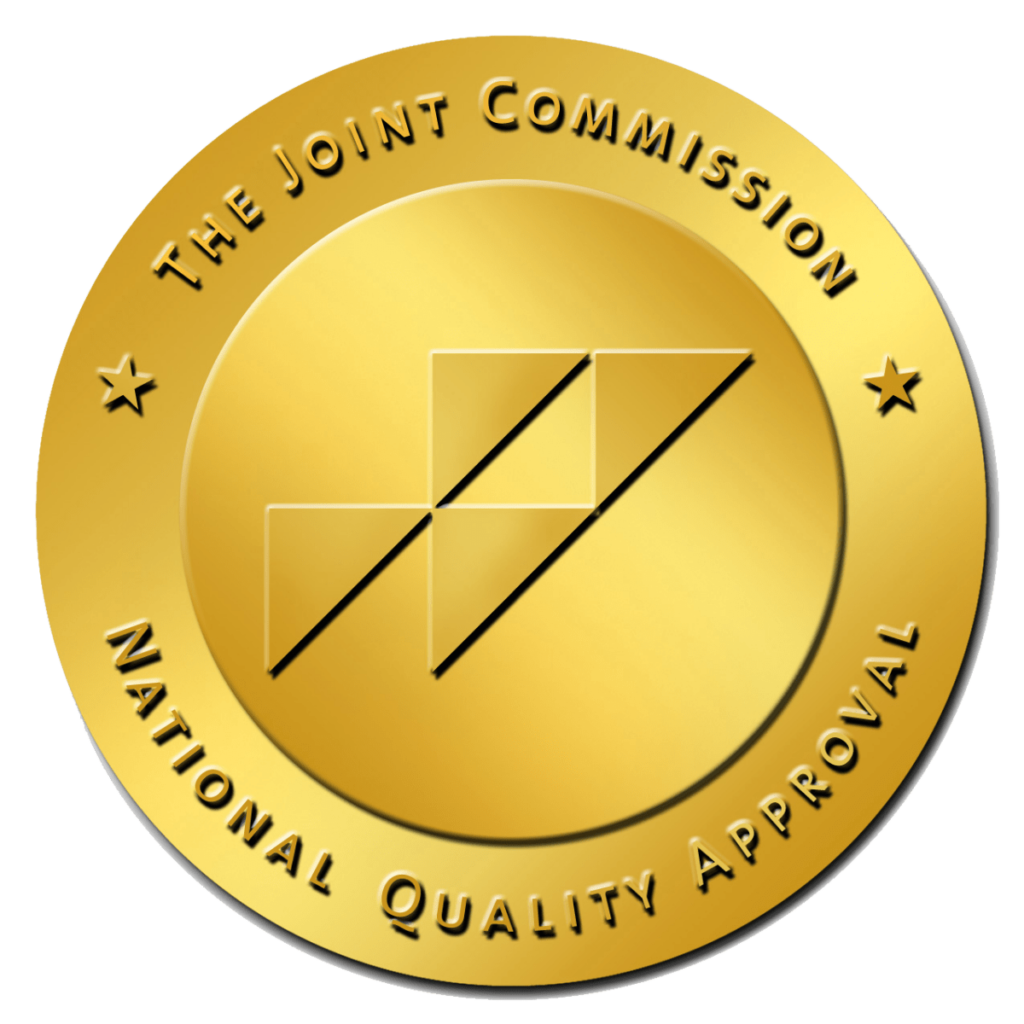As adults, we have a tendency to see play as a frivolous, unimportant activity. When I was a case manager in the mental health system, I often heard parents complain that they didn’t feel their children were benefiting from therapy and other mental health services. “All they ever do is play,” parents would tell me about their children’s sessions. In fact, play is one of the primary ways that children communicate, learn, and reinforce important information. Play Therapy International estimates that around 71 percent of children who engage in play therapy show improvement.
Activities for Play Therapy
Play therapy can take on a number of different styles. According to Play Therapy International, some examples include:
- Sand trays
- Blocks
- Dolls/puppets
- Board games
- Dramatic role plays
- Therapeutic storytelling
Benefits of Play Therapy
WebMD lists a number of benefits that can result from play therapy, which include:
- Improved self-expression
- Increased understanding of the self
- Heightened problem solving skills
- Stress relief
- Boredom reduction
- Improved interpersonal connections
What Words Cannot Express
Even small children are capable of experiencing big feelings, as any parent can attest after witnessing a toddler having a tantrum. That toddler may not have words to express being over-stimulated, afraid, tired, or frustrated, so they use the communication method most readily available to them to demonstrate their internal state. In play therapy, the child uses toys to expand their communication options.
When the New York Times wrote about play therapy, they interviewed multiple play therapists who talked about their experiences with children. One play therapist, Dr. Paris Goodyear-Brown, emphasized that children don’t always have the vocabulary to express what they have experienced or their feelings about their experiences. Play can provide a different way for them to convey things to adults who are trained to recognize the cues children offer during therapeutic sessions.
In addition, some children have experienced traumas that are quite literally unspeakable, so giving them a way to process their pain without using words reaches them in a way that talk therapies cannot, especially if the traumas occurred before they developed verbal language skills.
Play to Treat Trauma
In her TED Talk, Dr. Goodyear-Brown talked about the ability of play to heal trauma: “Play is the primary language of a child, and for traumatized children especially, play is their talk and toys are their words.” A play therapist needs to be able to say that they see what a child is showing them and the child can safely show them more.
Who Can Benefit From It?
Children between the ages 3-12 are the target range for play therapy. Play therapy can also be used with older children or adults with cognitive impairments.
Goals of Play Therapy
The techniques used in play therapy are intended to help children from a variety of backgrounds and of various ages. The specific goals that play therapists are generally working toward include:
- Helping the client to take responsibility for their behaviors
- Assisting the client in developing better coping strategies
- Building skills for creative thinking and problem-solving
- Teaching respect for one’s self and others
- Learning appropriate ways to express emotions
- Learning how to interact with others
What Can Play Therapy Tell Us?
Post-traumatic play is something that occurs when a child acts out their traumatic experiences through play. Dr. Goodyear-Brown shared how a four-year-old boy who had lived with an abusive father was able to explain the domestic violence cycle he experienced through play, a complex concept taught to therapists in graduate school.
How a child plays can tell us a lot about what is going on internally for them. A child’s treatment of a doll or stuffed animal may signal a need for additional nurturing. Dumping out toys and making a mess may signal feelings of powerlessness and life seeming out of control. A child who sorts or “fixes” toys may be acting out a desire for stability and order. A child who pretends to sleep may be signaling that they feel overwhelmed. A therapist who is trained in play therapy can determine what specific messages a child is sending.
Let Us Help You
Highland Hospital specializes in behavioral treatment for children ages 4-17. Our compassionate team can assess your child and develop a treatment plan that fits their unique needs. If your child is struggling, don’t hesitate to reach out to us to learn about how we can help.










